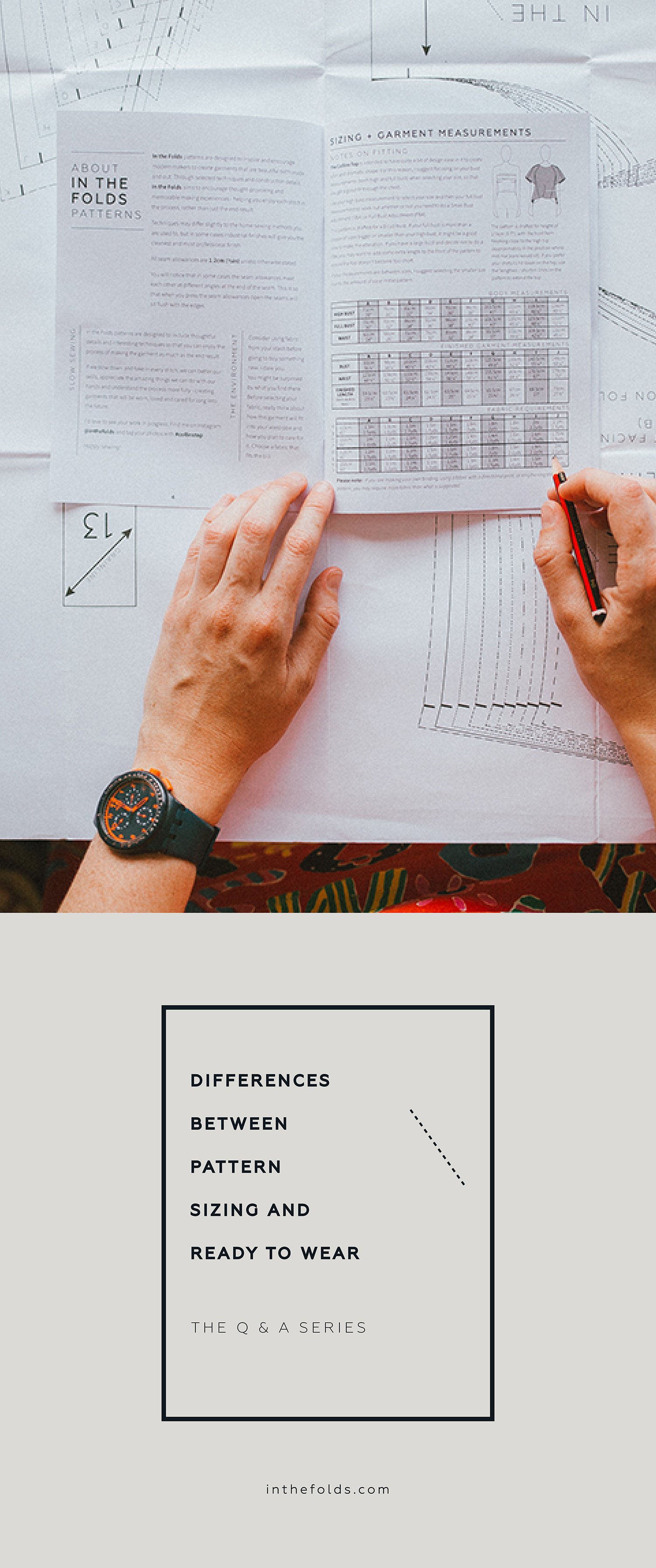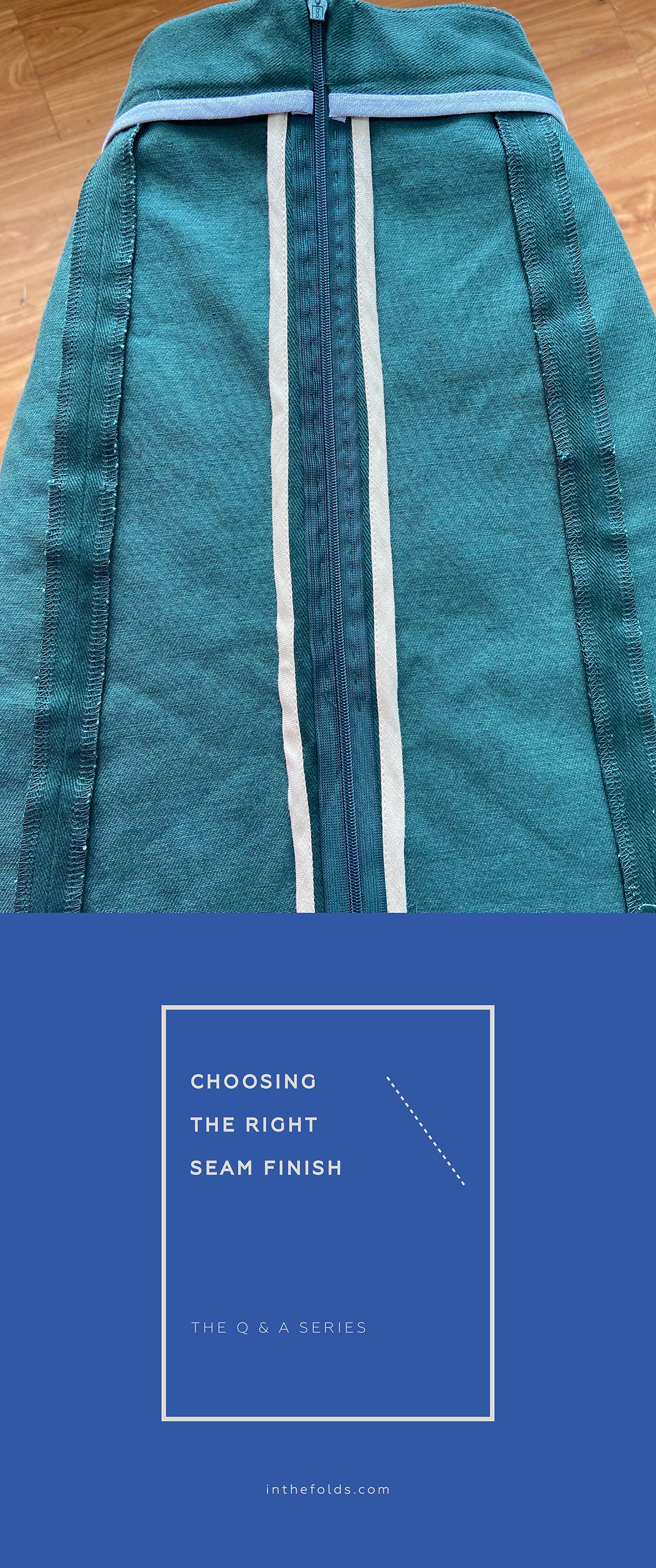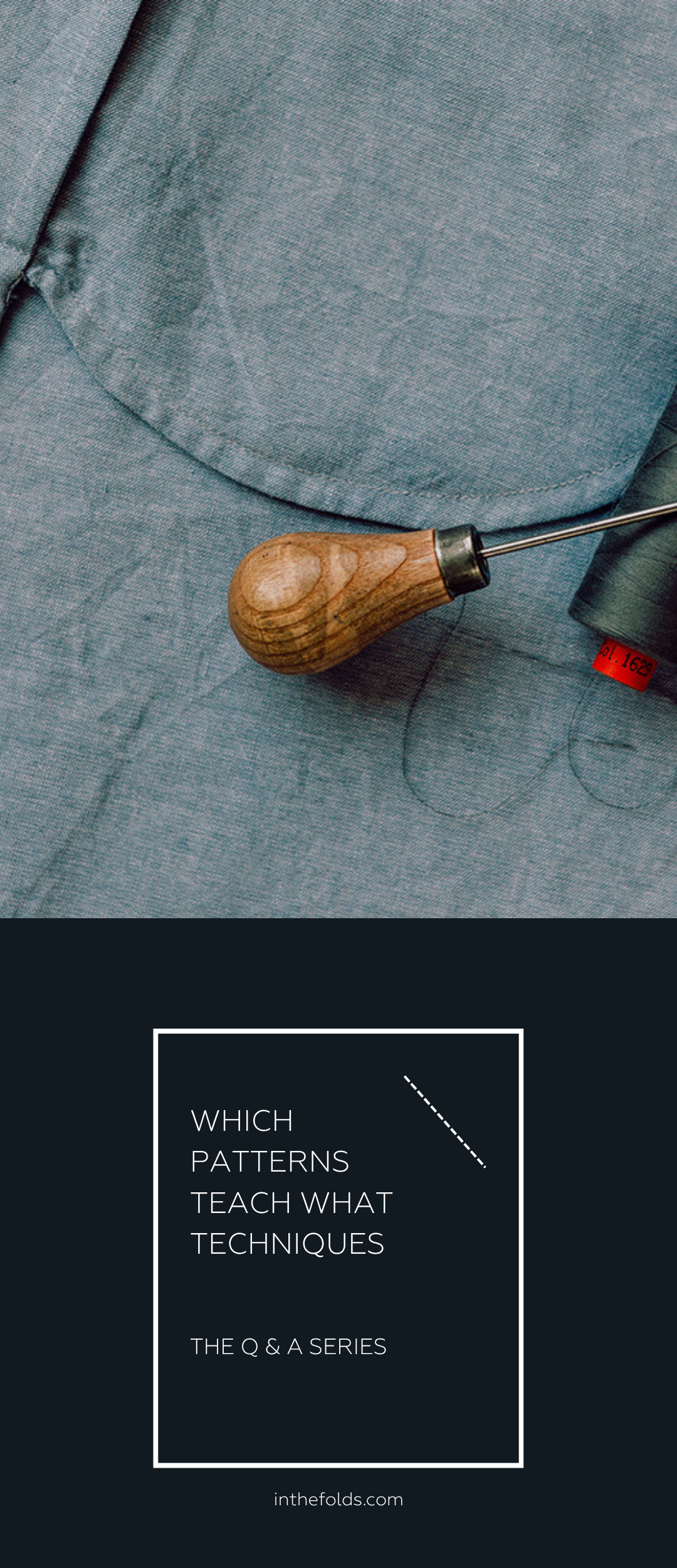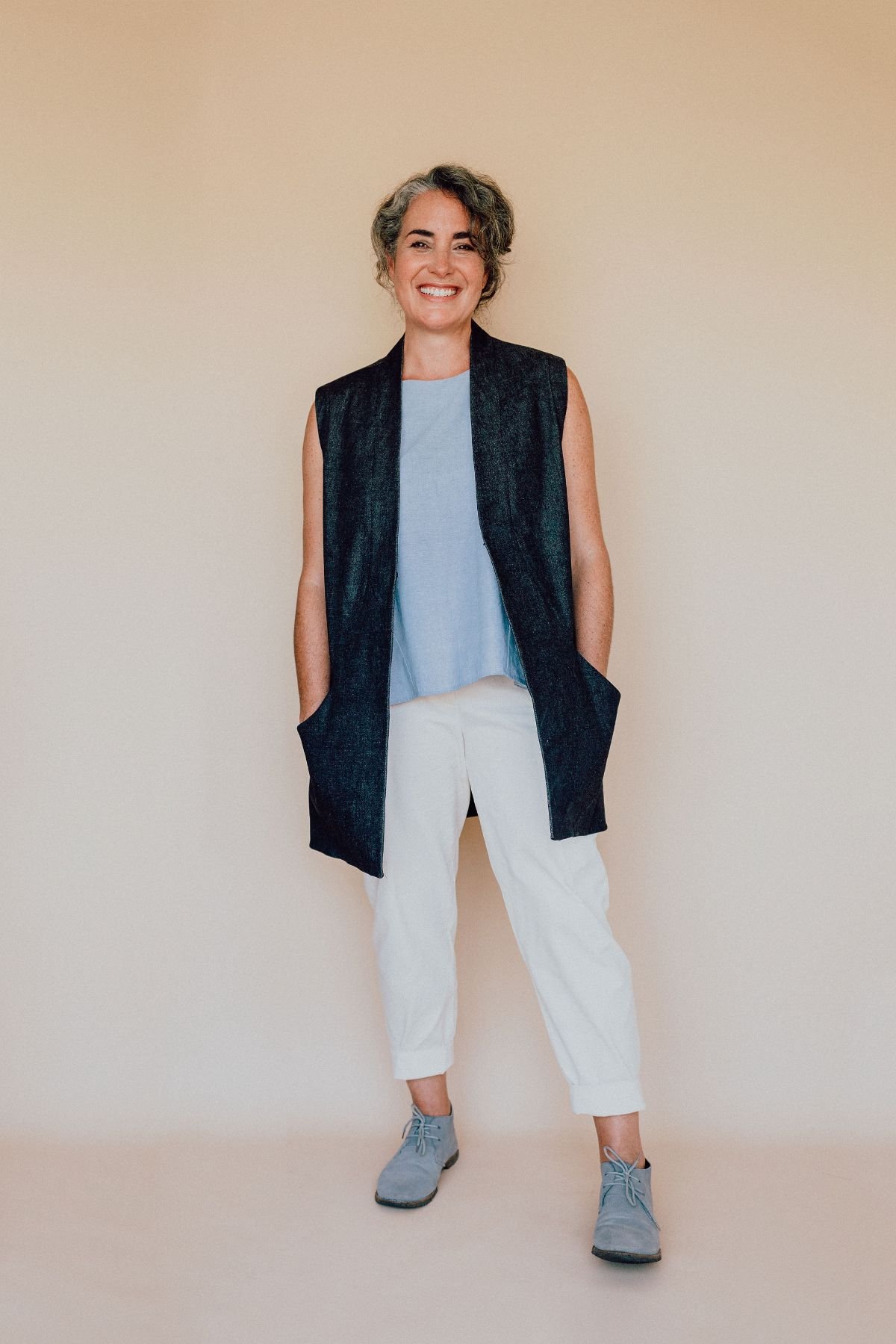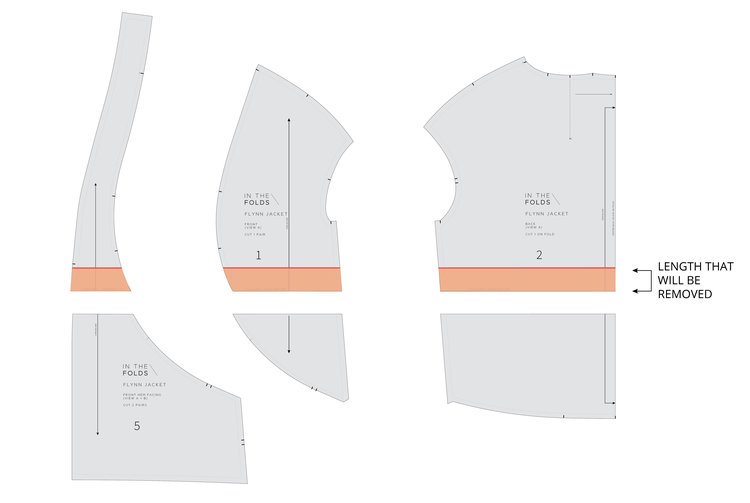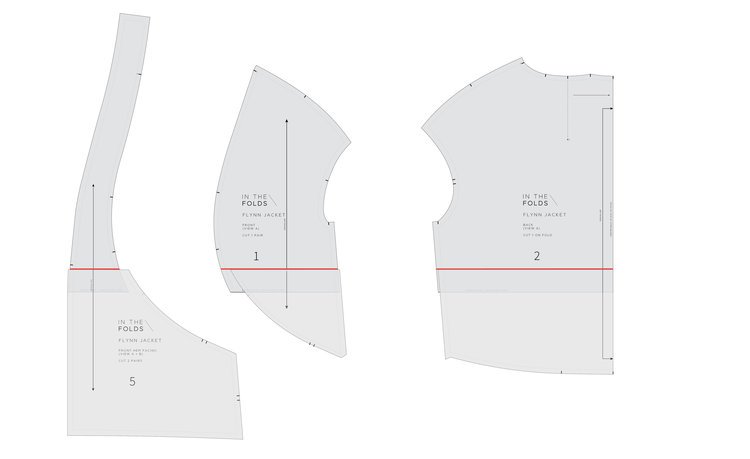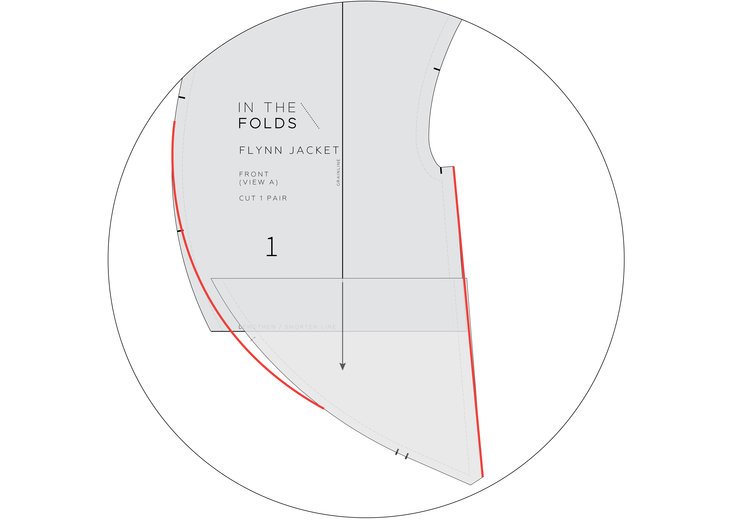THE Q & A SERIES
THE DIFFERENCE BETWEEN PATTERN SIZING AND READY TO WEAR
Hi,
I purchased the Flynn Jacket pattern. I need your sizes in international sizing (XS, S, M, L, XL). Your sizing does not help in cutting these sizes.
Thanks,
A
Hi there,
I am thrilled to hear you will be giving the Flynn jacket a go!
If you have never used one of our patterns, you may have been surprised to see the size charts and realise there is no sign of numbers (apart from the measurements themselves) or international sizing, as you noted. This was a very intentional choice that I made when starting In the Folds.
WHY HAND-MADE IS DIFFERENT TO READY TO WEAR
Sewing your own clothes is very different to buying ready-to-wear clothing.
When it comes to ready-to-wear you have to pick the closest size to your body measurements and hope for the best.
This might mean the garment fits you well through the bust, but pulls a little at the hips. Or that the hips fit well, but the neckline gapes.
When it comes to sewing your own clothes you don’t have to settle for a garment that only fits certain parts of your body. Just one of the perks of making your own clothes! You can make a garment fit your unique body measurements by grading between pattern sizes. You can then alter the length to suit you, and make other alterations too, such as a full bust adjustment or a narrow shoulder adjustment).
WHY IN THE FOLDS SIZING DOESN’T USE NUMBERS
Here’s two reasons why we don’t use numbers in our garment sizing:
1. The focus should be on YOUR body, not a standard someone else has set.
By steering clear of international sizing and standard numbered sizing, we are encouraging sewists to do the most important thing you can do before starting a project… take accurate measurements of your body!
When it comes to sewing, using your measurements (rather than the numbers next to the measurements) is really important because it will help you make a garment that fits YOU.
It also means that you can acquaint yourself with the size chart for the particular pattern brand you are using, because they are all different.
2. We will not support systems that encourage body shaming.
By using letters instead of numbers in our size chart, we aim to remove the hesitance or shame some makers may feel when looking at traditional sizing numbers on tags in stores.
This is a side to ready-to-wear fashion that we want to leave behind! We believe making garments is about making clothes that fit your unique body, not about the size you wear. And this is one way we can help you (and the fashion world at large!) achieve this.
HOW TO FIGURE OUT YOUR IN THE FOLDS SIZE
We suggest you grab a tape measure, put on some tight clothing (leggings and a tight t-shirt or singlet work well), step in front of a mirror and take your measurements.
If you’ve printed a copy of the pattern, circle the size (or sizes) your measurements align with for each point of your body. In the case of the Flynn jacket, this is your bust, waist and hips.
ALWAYS CHECK THE FINISHED GARMENT MEASUREMENTS
Before selecting a size it’s always a good idea to understand how closely the garment is supposed to fit and how much ease is in each area of the pattern.
With In the Folds patterns, we always include two measurement charts in our instruction booklets. One for body measurements (which are the same across all In the Folds patterns), and the other for finished measurements chart (which changes between patterns depending on the intended fit of the design).
The finished measurements chart includes the measurements of the finished garment in specific locations, and information about the amount of ease that has been included in the pattern.
UNDERSTANDING PATTERN EASE
How much ease there is in a pattern will determine if you need to make alterations to a pattern.
For example, if your hip measurement is in a larger size than your waist measurement, you might usually need to grade between sizes. But, if you look at the amount of ease in the hips of the Flynn pattern you may choose not to grade because there is a lot of ease provided in the design.
Selecting the correct size before you begin is an important part of the sewing process and we want to support you to feel confident when doing this. We have another post about selecting the correct pattern size that you might be interested to read here.
Happy sewing,
Emily
For more issues of the Q & A series, you can check out the archive here.
WHAT YOU’VE BEEN MAKING
Rushcutter dress made by @maker.baker.girl
Peppermint wrap skirt made by @mup.punkt

